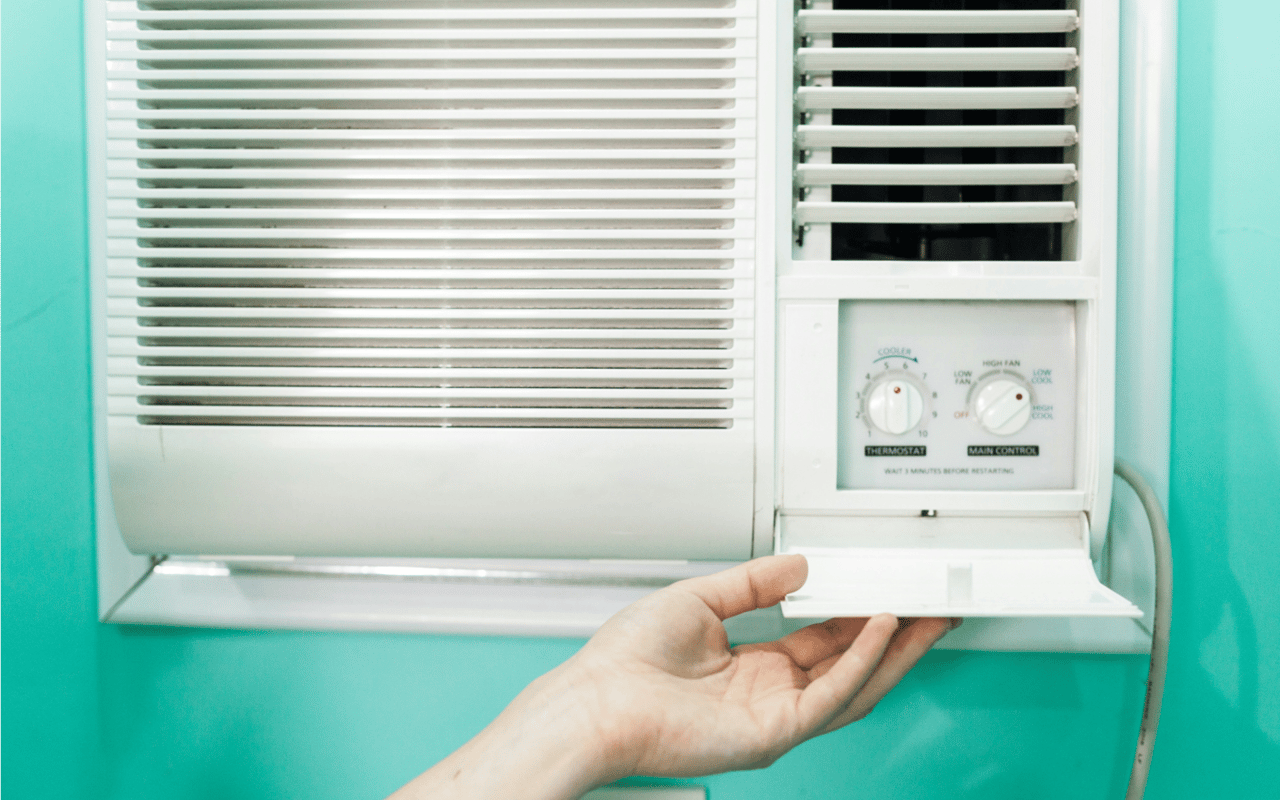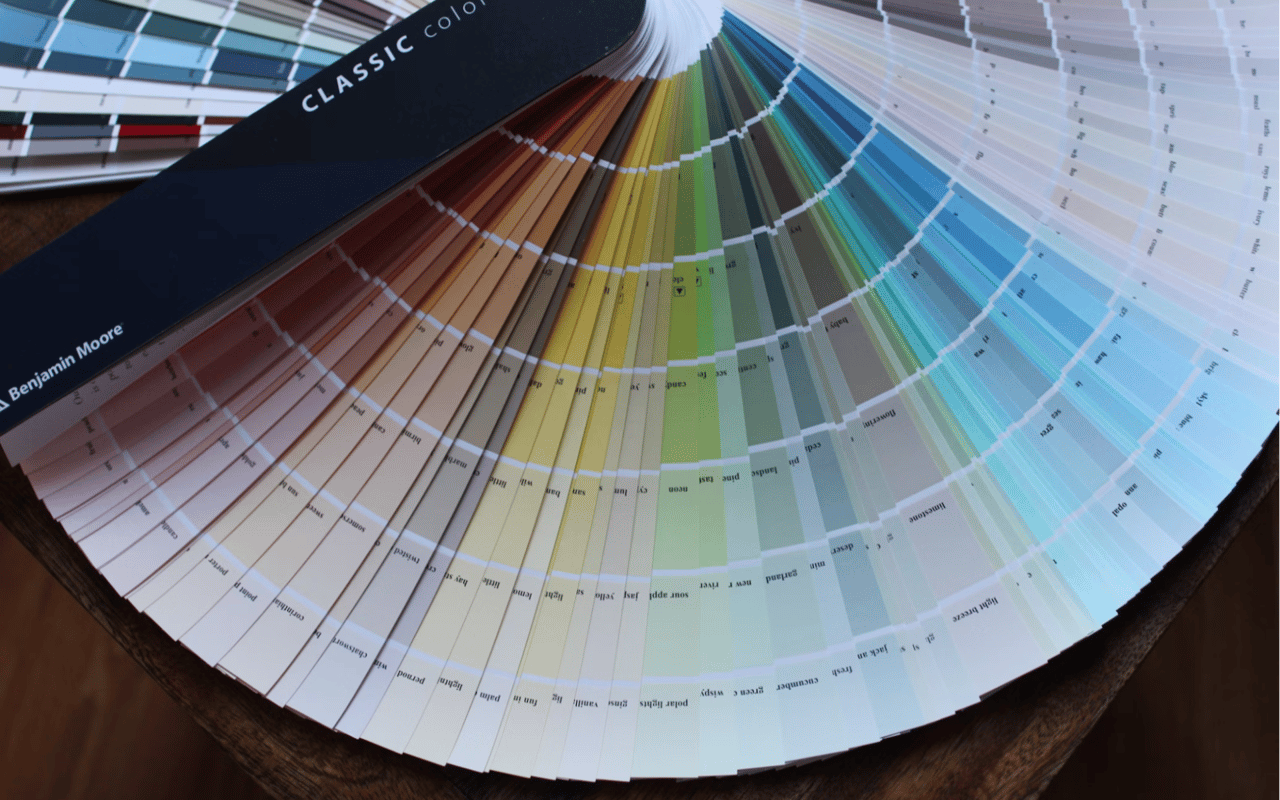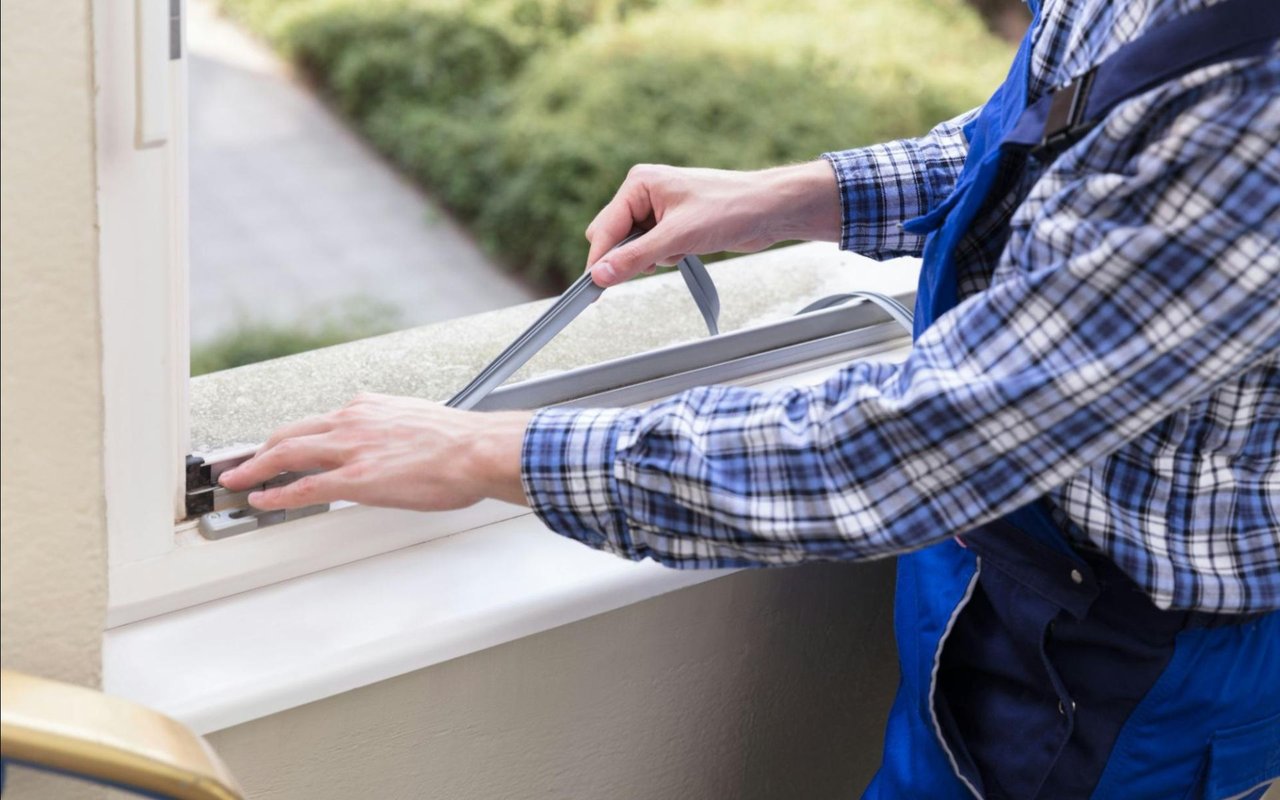Indoor air quality has a profound impact on your well-being and comfort, and yet it often goes overlooked until symptoms like allergies or headaches start to appear. In this guide, you’ll discover practical strategies to reduce pollutants and bring fresher air into every room in your Thousand Oaks home. Read on to explore how simple adjustments can transform the air you breathe and create a healthier environment for everyone under your roof.
Understanding Indoor Air Pollutants
Before you can improve your air quality, it’s important to know what you’re up against. Common pollutants include volatile organic compounds (VOCs) emitted by cleaning products and paints, particulate matter from cooking and candles, and allergens like pet dander and dust mites. Even everyday activities, such as vacuuming or exercising indoors, can stir up particles that irritate your respiratory system.
By identifying the main sources of contamination, you’ll be better equipped to choose targeted solutions rather than relying solely on air fresheners, which often mask odors without addressing the root cause.
By identifying the main sources of contamination, you’ll be better equipped to choose targeted solutions rather than relying solely on air fresheners, which often mask odors without addressing the root cause.
Ventilation Strategies for Fresh Air
Bringing outdoor air inside is one of the most effective ways to dilute pollutants and regulate humidity levels. You can start by opening the windows for a few minutes each morning, especially in rooms where moisture tends to build up. Installing trickle vents or window fans allows you to maintain a gentle airflow without drastic temperature swings.
If your home has mechanical ventilation, ensure that intake and exhaust vents are clear of obstructions and that the filters are replaced according to the manufacturer’s guidelines. With consistent cross-ventilation efforts, you can reduce stale spots where contaminants linger and keep humidity in check, making your living spaces feel more invigorating.
If your home has mechanical ventilation, ensure that intake and exhaust vents are clear of obstructions and that the filters are replaced according to the manufacturer’s guidelines. With consistent cross-ventilation efforts, you can reduce stale spots where contaminants linger and keep humidity in check, making your living spaces feel more invigorating.
Using Air Purifiers Effectively
Air purifiers equipped with HEPA filters can capture up to 99.97% of particles as small as 0.3 microns, including pollen, pet dander, and certain mold spores. To maximize performance, choose a unit rated for your room’s square footage and place it away from the walls or furniture that might restrict airflow. If odors are a concern, look for a model with an activated carbon filter to trap gases and VOCs.
Remember to replace the filters on schedule and clean pre-filters monthly to maintain efficiency. Running the purifier continuously on a low setting typically delivers the best long-term results with minimal noise and energy usage.
Remember to replace the filters on schedule and clean pre-filters monthly to maintain efficiency. Running the purifier continuously on a low setting typically delivers the best long-term results with minimal noise and energy usage.
Maintaining the HVAC System
Your heating and cooling system plays a pivotal role in circulating and filtering the air throughout your home. Schedule professional inspections at least once a year to check for leaks, clean the coils, and verify that the ductwork is sealed properly.
During high-pollen seasons, consider upgrading to MERV‑13 filters, which capture finer particles than standard options. You can also install a UV light inside the air handler to neutralize biological contaminants like mold spores. Regular filter changes every three months — and more frequently if you have pets or allergies — will keep the airflow unrestricted and extend the lifespan of your system.
During high-pollen seasons, consider upgrading to MERV‑13 filters, which capture finer particles than standard options. You can also install a UV light inside the air handler to neutralize biological contaminants like mold spores. Regular filter changes every three months — and more frequently if you have pets or allergies — will keep the airflow unrestricted and extend the lifespan of your system.
Incorporating Houseplants as Natural Filters
Certain houseplants can help remove trace amounts of VOCs, such as formaldehyde and benzene, from the indoor air. Varieties like spider plants, Boston ferns, and peace lilies thrive in indirect light and moderate humidity, making them ideal for kitchens and living areas. Grouping plants together creates a microclimate that boosts moisture and encourages healthier growth, but remember to wipe leaves periodically to remove accumulated dust.
While plants alone can’t replace mechanical filtration, they add visual appeal and offer psychological benefits by connecting you to nature. Consider creating a “green corner” in your home where you can relax and enjoy a subtle, natural purification effect.
While plants alone can’t replace mechanical filtration, they add visual appeal and offer psychological benefits by connecting you to nature. Consider creating a “green corner” in your home where you can relax and enjoy a subtle, natural purification effect.
Minimizing Pollutant Sources
The most effective way to improve the air quality is to limit the introduction of new contaminants. Choose low‑VOC or zero‑VOC paints and finishes when redecorating, and opt for cleaning products that list ingredients in plain language.
When purchasing new furniture or carpets, look for items certified by reputable organizations that test for chemical emissions. Even everyday items, such as printer ink and adhesive tapes, can emit VOCs, so store these supplies in airtight containers or in a dedicated closet away from the living spaces.
When purchasing new furniture or carpets, look for items certified by reputable organizations that test for chemical emissions. Even everyday items, such as printer ink and adhesive tapes, can emit VOCs, so store these supplies in airtight containers or in a dedicated closet away from the living spaces.
Regular Cleaning and Dust Control
Dust mites, pollen, and pet hair can settle on surfaces and recirculate through the air when disturbed. To keep these allergens at bay, vacuum carpets and rugs at least twice a week using a model with a sealed HEPA filtration system. Microfiber cloths trap dust more effectively than feather dusters, so wipe down shelves, electronics, and window sills regularly.
Wash bedding, curtains, and cushion covers in hot water to eliminate mites, and replace heavy drapes with washable options when possible. For hard floors, mop rather than sweep to prevent particles from rising into the air. Consistent cleaning routines reduce the burden on your air filtration systems and help maintain a visibly cleaner living space.
Ultimately, improving your home’s air quality doesn’t require a complete renovation; it starts with understanding the pollutants you face and applying targeted strategies. These steps work together to ensure that every breath you take supports your health and well‑being. Start implementing even a few of these tips today, and notice how much fresher your home feels tomorrow.
If you’re ready to find the right home in Thousand Oaks, connect with the Madge & Hamilton Group for trusted guidance as you explore your real estate options.
Wash bedding, curtains, and cushion covers in hot water to eliminate mites, and replace heavy drapes with washable options when possible. For hard floors, mop rather than sweep to prevent particles from rising into the air. Consistent cleaning routines reduce the burden on your air filtration systems and help maintain a visibly cleaner living space.
Ultimately, improving your home’s air quality doesn’t require a complete renovation; it starts with understanding the pollutants you face and applying targeted strategies. These steps work together to ensure that every breath you take supports your health and well‑being. Start implementing even a few of these tips today, and notice how much fresher your home feels tomorrow.
If you’re ready to find the right home in Thousand Oaks, connect with the Madge & Hamilton Group for trusted guidance as you explore your real estate options.




